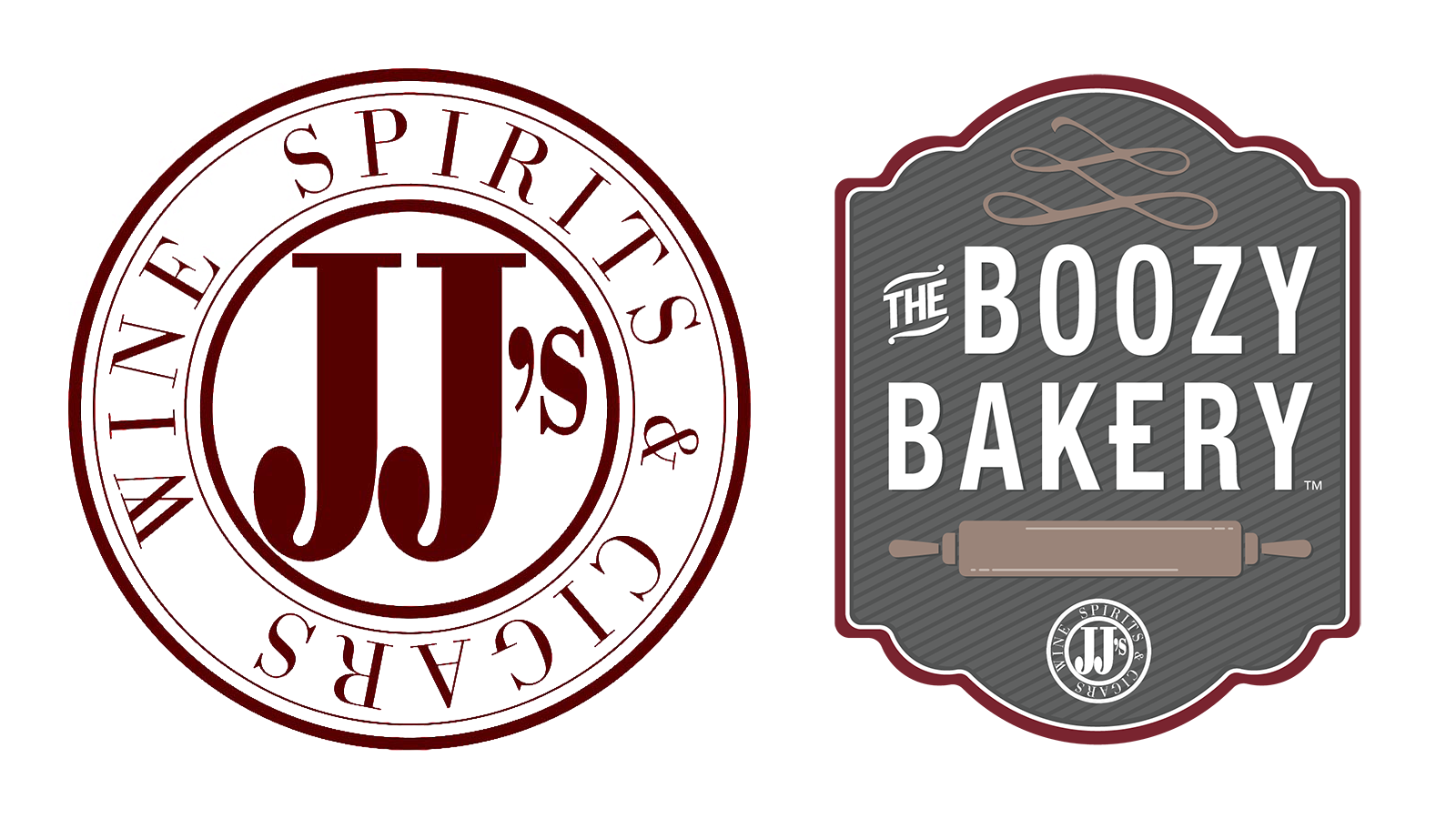The Art of Serving Wine at the Perfect Temperature
Wine, often revered as a sophisticated beverage, reveals its full potential when served at the proper temperature. Serving wine at the right temperature enhances its aromas, flavors, and overall experience, making a significant difference in enjoyment. Let’s explore the ideal serving temperatures for various types of wine and the science behind why temperature matters.
Why Temperature Matters
Wine is a complex mixture of chemical compounds that react differently to various temperatures. Serving wine too cold can suppress its aromas and flavors, making it taste flat. Conversely, serving it too warm can accentuate the alcohol, making it taste overly sharp or unbalanced. Finding the right balance allows the wine’s characteristics to shine through, offering a harmonious and enjoyable tasting experience.
Red Wines
Full-Bodied Reds (e.g., Cabernet Sauvignon, Syrah/Shiraz, Malbec)
- Ideal Temperature: 60-65°F (15-18°C) – SIDE NOTE – Our Wine Cellar at JJ’s sits at 64-65° at all times.
- Reason: These wines have higher tannin and alcohol levels, which are best appreciated at slightly cooler than room temperature. This range helps mellow the tannins and balance the alcohol, allowing the fruit and complexity to emerge.
Medium-Bodied Reds (e.g., Merlot, Sangiovese, Zinfandel)
- Ideal Temperature: 57-61°F (14-16°C)
- Reason: These wines have moderate tannins and acidity, which are enhanced at this temperature range. It maintains their structure and reveals more nuanced flavors.
Light-Bodied Reds (e.g., Pinot Noir, Gamay)
- Ideal Temperature: 55-60°F (13-15°C)
- Reason: Lighter reds have delicate flavors and lower tannins, which can be overwhelmed by warmer temperatures. Serving them slightly chilled accentuates their bright, fresh characteristics.
White Wines
Full-Bodied Whites (e.g., Chardonnay, Viognier)
- Ideal Temperature: 50-55°F (10-13°C)
- Reason: These wines often have rich, buttery textures and complex flavors that benefit from slightly warmer temperatures than their lighter counterparts. This range enhances their aromatics and mouthfeel.
Medium-Bodied Whites (e.g., Sauvignon Blanc, Chenin Blanc, Pinot Grigio)
- Ideal Temperature: 45-50°F (7-10°C)
- Reason: These wines are known for their vibrant acidity and fruit-forward profiles, which are best expressed at cooler temperatures. It keeps them crisp and refreshing.
Light-Bodied Whites (e.g., Riesling, Albariño)
- Ideal Temperature: 40-45°F (4-7°C)
- Reason: Light whites are often very aromatic with high acidity. Serving them well-chilled accentuates their freshness and zest.
Rosé Wines
Rosé Wines
- Ideal Temperature: 45-55°F (7-13°C)
- Reason: Rosés can vary widely in style, but they generally benefit from cooler temperatures to highlight their bright, fruity, and floral notes. A slightly chilled rosé is refreshing and palate-pleasing.
Sparkling Wines
Sparkling Wines (e.g., Champagne, Prosecco, Cava)
- Ideal Temperature: 40-50°F (4-10°C)
- Reason: Sparkling wines are best served very cold to enhance their crispness and effervescence. The lower temperature also helps maintain the bubbles and the overall refreshing quality of the wine.
Dessert Wines
Dessert Wines (e.g., Port, Sauternes, Ice Wine)
- Ideal Temperature: 50-57°F (10-14°C)
- Reason: These wines are rich and sweet, with complex flavors that can be overpowered by high temperatures. Serving them slightly chilled keeps their sweetness in balance and highlights their intricate profiles.
Tips for Achieving the Perfect Temperature
- Use a Wine Thermometer: A wine thermometer is an excellent tool for ensuring your wine is at the perfect serving temperature.
- Refrigeration: Most refrigerators are set around 37°F (3°C). Use this as a guideline for chilling your wine, but allow it to warm slightly for reds.
- Time on the Counter: If your wine is too cold, let it sit out for a few minutes to reach the ideal temperature.
- Ice Buckets: For quick chilling, place the bottle in an ice bucket filled with ice and water. This method is faster than refrigeration alone.
Serving wine at the proper temperature is a simple yet impactful way to enhance your wine-tasting experience. Whether it’s a robust red, a crisp white, or a refreshing sparkling wine, knowing the ideal serving temperature ensures that each glass delivers its full spectrum of flavors and aromas. Cheers to enjoying wine at its best!

Recent Comments